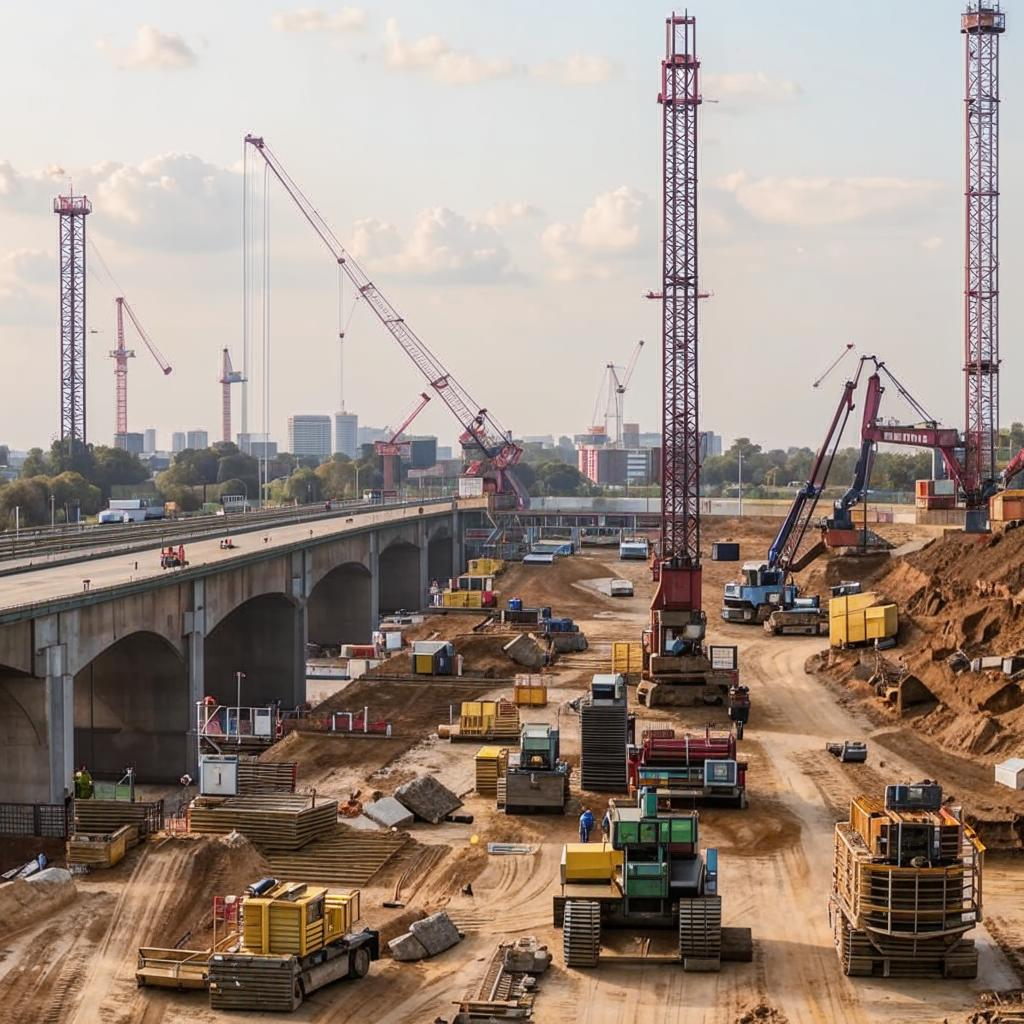The world is grappling with a surge in extreme weather events, increasingly attributed to climate change. Recent studies and data analyses paint a stark picture: heatwaves are becoming more frequent and intense, rainfall patterns are shifting, leading to both severe droughts and devastating floods, and storms are gaining unprecedented strength.
This isn’t just a gradual shift; the pace of change is accelerating. Scientists are observing a clear link between rising global temperatures and the increasing severity of these weather patterns. Warmer temperatures hold more moisture, fueling heavier rainfall and exacerbating flood risks. Heatwaves are longer-lasting and reach higher peak temperatures, stressing infrastructure, ecosystems, and human health.
The implications are far-reaching. Agriculture is suffering as crops struggle under extreme conditions, leading to food security concerns. Infrastructure is being strained, with roads, bridges, and power grids buckling under the pressure of heat and storms. Coastal communities face the growing threat of rising sea levels and more intense storm surges, forcing displacement and migration.
While mitigation efforts to reduce greenhouse gas emissions remain crucial, adaptation strategies are becoming increasingly urgent. Investing in resilient infrastructure, developing drought-resistant crops, and implementing early warning systems for extreme weather events are essential steps to protect communities and minimize the devastating impacts of climate change. This is not a distant threat; it’s the new reality we must confront. Failure to act decisively will only exacerbate the risks and consequences, making a difficult situation far worse.












